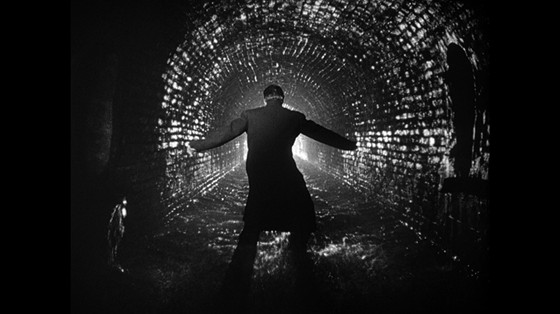
Everyone is familiar with film noir, the American genre that flowered during the Second World War, and which produced a series of feverish dramas, equal parts cynical and romantic, where private eyes got lost in the labyrinths of organised crime or an innocent Joe was seduced by a femme fatale.
Whatever the story, the narrative seemed polluted by an urban-borne hysteria imperfectly masked by the hero’s machismo, just as the light in each chiaroscuro frame was surrounded by murky pools of darkness. What is less well-known, though becoming increasingly recognised, is that another kind of noir was blossoming at the same time on the other side of the Atlantic.
It shared many of the same traits as its US counterpart – frequent night sequences, a concentration on people on the wrong side of the tracks – but often had a completely different social perspective. It wasn’t so much interested in personal trauma or desires, but often in the upheavals of the community as a whole.
After all, Britain (and, in these films’ cases, mostly London) was a country that was just emerging from one shattering nightmare – the war – into another – austerity. The scars of the former – spivs (black marketeers), collaborators, deserters – became the bogeymen of the latter, and the protagonists of each film were very much seen in this overall context – a contrast to the individualism of the American films.
So let’s step back into the bomb site that was 1940s England and discover which movies best told the seedier side of its story…
10. Noose (Edmond T Greville)
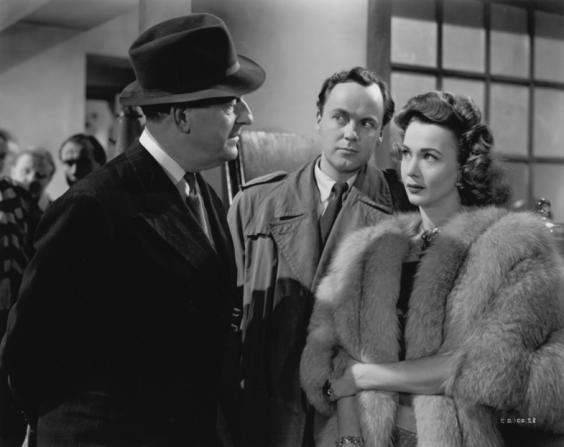
This frothy comedy noir was directed by Frenchman, Edmond T Greville, who was less interested in its story of a journalist threatened by hoodlums than in using that story as the basis for an exercice de style, deploying a barrage of silent movie effects – all cigarette smoke and mirrors – and Hitchcockian motifs – a fur stole unravelling signifies the death of a lady offscreen.
It’s set in a fantasy London where Rosalind Russell-esque newspaper gals, French chanteuses, Italian mobsters and priggish Englishmen called Jumbo all rub shoulders and spa off each other.
A kind of Tarantino revenge fantasy avant la lettre, it pits a bunch of ex-squaddies against a band of spivs, the very men coining it in while the army boys were busy fighting and suffering in combat. But it’s clear where Greville’s sympathies lie, as he gleefully contrasts the sophistication and charm of the Continental baddies against the dull gormlessness of their Cockney opponents.
And as if to rub in the staidness of dear old England, the director has a lot of fun inventing ways to suggest naughty swear words and then masking them for the sake of propriety.
9. Pool of London (Basil Dearden)
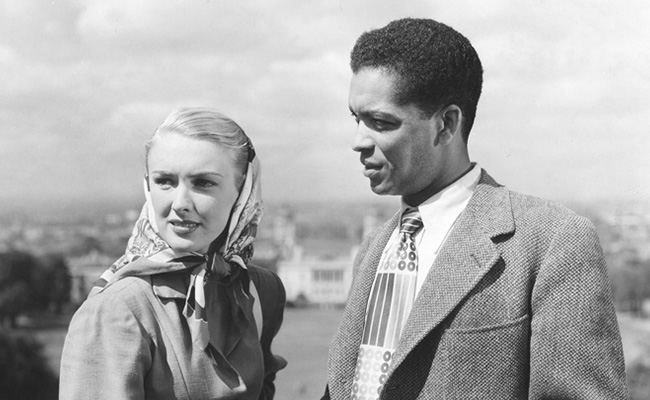
In many ways, Pool of London is a straightforward tale, concerning two sailors on shore leave, one of whom gets involved in smuggling and the other who finds romance. But it’s notable for two reasons. Firstly, the footage of London in and around the docks is absolutely stunning, making it one of the few films to fully capture the dynamism of the city and its strange tension of old and new.
The final robbery sequence, and its high-speed chase through deserted streets, is as sharp in its use of geography as it is in its cutting. But perhaps more importantly, it features one of the first starring roles for a black actor in a British film – Earl Cameron, playing one of the sailors (and it’s worth noting, as an aside, that his fellow shipmate is an Italian American).
Indeed, one of the traits this film has in common with all British noirs is their unusual attentiveness to the diversity of the capital city, and particularly its East End.
As the ’50s rolled on, flag-waving war movies would reinstate the vision of England as middle-class stiff-upper-lips-ville, but in this golden period just after the war, there was a healthy sense of the raw, vibrant warmth of disparate communities coming together.
8. They Made Me A Fugitive (Alberto Cavalcanti)
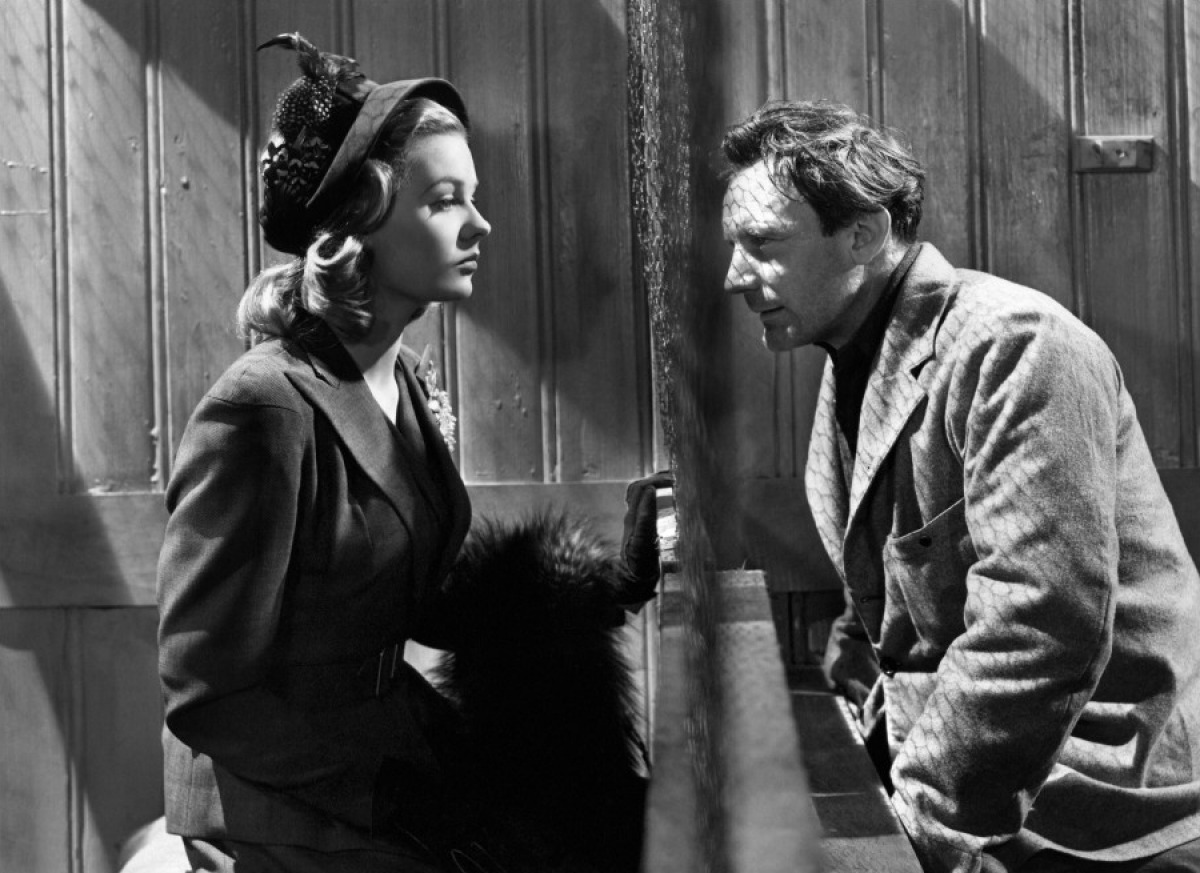
If there is one film in this list that deserves rediscovery more than any other, it is this masterpiece by Cavalacanti, one of the great neglected directors.
It’s a terrific showcase for Trevor Howard, who at the time in Britain, was hailed as potentially as exciting an actor as anyone in the States, and his performance here demonstrates that such hyperbole was not unfounded. He plays an ex RAF officer forced into crime (an extraordinarily bitter comment on post-war realities) who is then framed for murder by his gang boss. He sets out to get revenge and clear his name.
Cavalcanti, though Brazilian by birth, was a veteran of both the French avant garde and the Grierson documentary school, and he brings both a playfulness and a sense of brute naturalism to this sordid tale. The result is sequences of high black comedy, such as when Howard’s character hides out in a middle-class household only for the wife to realise this is her chance to bump off her pesky husband and put the blame on the fugitive.
There’s also a bizarre shootout finale in an undertaker’s warehouse that anticipates the dark wit of Billy Wilder’s Some Like It Hot.
7. Waterloo Road (Sidney Gilliat)
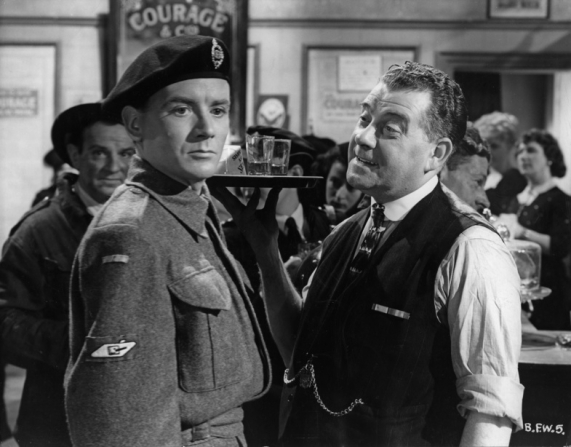
A popular British classic, this is the sort of movie often found nestling in afternoon schedules on BBC2, its status as cosy nostalgic treat signalled by the casting of John Mills as leading man – the proverbial plucky Tommy personified, the underdog everyman. But it’s easy to overlook how perceptive and daring it can be; after all, this is a film whose hero is a deserter, absent without leave in the Big Smoke because he thinks his missus is having it off with another man.
And what’s even more impressive is that the woman is both guilty of nurturing such a liaison – with a black marketeer, no less – and that the narrative encourages us, not to condemn her, but to sympathise with her. For she is as much a victim as her husband; having lost him to the war through no fault of her own, society expects that she now represses her natural desires.
Such moral confusion is hardly to be expected in a work ostensibly made to boost morale and a spirit of unity; indeed, it’s tantamount to a cry of unfairness.
The sense of human understanding extends to the hustle and bustle of Waterloo Road itself, with its colourful characters all carefully drawn, even if in passing. And the final fist fight to the sound of enemy bombers droning overhead is a melodramatic delight; populist cinema at its punchiest.
6. The Small Back Room (Michael Powell and Emeric Pressburger)
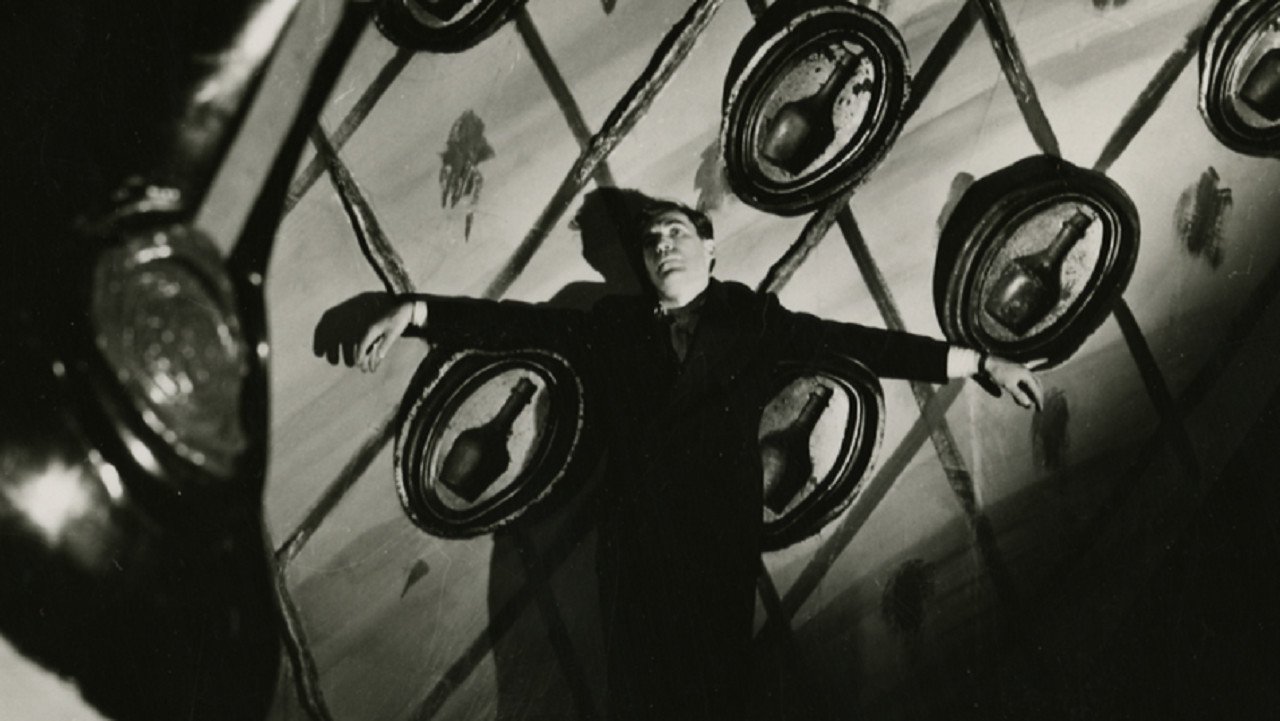
Powell and Pressburger are known as the great baroque fantasists of British cinema, purveyors of whimsical capers drenched in Jack Cardiff’s lurid Technicolor.
But there’s no colour in The Small Back Room, just grim black and white, and the glorious, mystical expanses explored in their other films make way here for the cramped confines of a Ministry of Defence office, where a bomb disposal officer fights the ingenuity of the Nazis – and his own drink problem – as he works on the solution to defusing their latest super weapon.
Contrary to his rather flippant image, Powell had bite and a sure sense of the realities of wartime Britain. He also wanted to take revenge – revenge on all the pen-pushing producers, all the dunderheaded bureaucrats in the Ministry of Information, who had stymied his creativity and scorned his ideas while he was making propaganda in the early ’40s.
And so it was that he made the most bitter satire on the British war effort until Richard Lester’s How I Won The War came along two decades later. The officer in the story finds his work handicapped by red tape, obfuscating time-servers, woefully under-equipped institutions, and an Establishment that in every field seems both arrogant and inadequate.
It’s a shockingly frank depiction of a nation barely surviving, and even a classic Powell-esque dream sequence involving a giant wine bottle, offers little respite. Long due for re-appraisal.